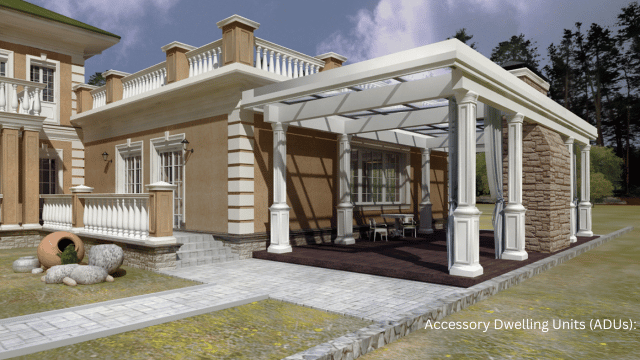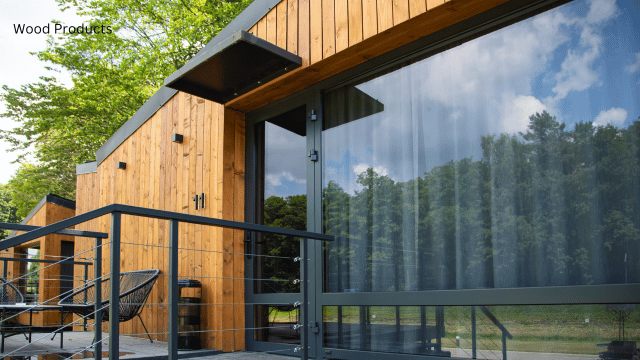Energy efficiency is crucial for both the environment and your wallet. By reducing energy consumption, you minimize greenhouse gas emissions, helping combat climate change. Additionally, an energy-efficient home can significantly reduce your energy bills, allowing you to save money year after year. It’s a win-win situation for both you and the planet.
Common Energy-Wasting Culprits in Homes
Before embarking on an energy-efficient journey, it’s essential to identify the common culprits that waste energy in your home. One of the major culprits is poor insulation. If your home is not properly insulated, you can lose a significant amount of heat during the winter and cool air during the summer. Other common offenders include old appliances, inefficient lighting, and air leaks.
Assessing Your Home’s Energy Efficiency
To start making your home more energy efficient, you need to assess its current energy usage. Conducting an energy audit can help you identify areas where energy is being wasted. You can hire a professional energy auditor or perform a DIY audit by using online resources and tools. This audit will provide you with valuable insights into your home’s energy consumption patterns and help you prioritize your energy-saving efforts.
Simple DIY Energy-Efficient Upgrades for Your Home
There are several simple and cost-effective upgrades you can make to improve your home’s energy efficiency. Start by sealing air leaks around windows and doors using weatherstripping and caulk. This will prevent drafts and keep your home comfortable year-round. Additionally, installing a programmable thermostat allows you to set temperature schedules, optimizing energy usage when you’re away or asleep.
Another easy upgrade is to switch to energy-efficient LED light bulbs. LED bulbs use significantly less energy and last much longer than traditional incandescent bulbs. They also come in various color temperatures, allowing you to create the perfect ambiance in your home. Finally, don’t forget to unplug electronics and appliances when they’re not in use, as they still consume energy even in standby mode.
Energy-Efficient Appliances and Smart Home Technology
Upgrading your appliances to energy-efficient models can make a significant difference in your home’s energy consumption. Look for appliances with the Energy Star label, which indicates that they meet strict energy efficiency guidelines. These appliances not only use less energy but also perform better and last longer.
In addition to energy-efficient appliances, smart home technology can help you optimize energy usage. Smart thermostats, for example, learn your temperature preferences and adjust accordingly, saving energy when you’re away. Smart power strips can automatically turn off power to idle electronics, eliminating phantom energy loss. By integrating these technologies into your home, you can achieve maximum energy efficiency with minimal effort.
Insulation and Weatherization for Energy Efficiency
Proper insulation and weatherization play a crucial role in reducing energy waste. Insulating your attic, walls, and floors can significantly improve your home’s energy efficiency by preventing heat transfer. Adding weatherstripping to windows and doors, as well as sealing gaps and cracks, further enhances the insulation benefits. These measures not only save energy but also increase the overall comfort of your home.
Solar Panels and Renewable Energy Options
Harnessing the power of the sun through solar panels is a game-changer in the quest for energy efficiency. Solar energy is clean, renewable, and abundant, making it an excellent alternative to traditional energy sources. Installing solar panels on your roof allows you to generate your own electricity, reducing your reliance on the grid and potentially eliminating your electricity bills. It’s a long-term investment that pays off both financially and environmentally.
Apart from solar panels, there are other renewable energy options to explore. Wind turbines, geothermal systems, and hydropower can all be viable solutions depending on your location and resources. Research the available options and consult with professionals to determine the best renewable energy solution for your home.
Energy-Efficient Lighting and Electrical Solutions
Lighting and electrical systems account for a significant portion of a home’s energy consumption. Switching to energy-efficient lighting options, such as LED bulbs, is a straightforward way to save energy. Additionally, consider installing motion sensors or timers to automatically turn off lights when they’re not needed. This way, you’ll never have to worry about leaving lights on in empty rooms.
Energy-efficient electrical solutions, such as power-saving power bars and low-power appliances, can also contribute to reducing energy waste. These solutions minimize standby power and optimize energy usage, resulting in lower energy bills and a greener home.
Financing and Incentives for Energy-Efficient Upgrades
Investing in energy-efficient upgrades may seem daunting, but there are numerous financing options and incentives available to make it more affordable. Some utility companies offer rebates and incentives for energy-efficient upgrades, such as insulation, appliances, and solar installations. Additionally, government programs and tax credits can provide financial assistance for energy-saving initiatives. Explore these options to find the best financing and incentives for your specific needs.


